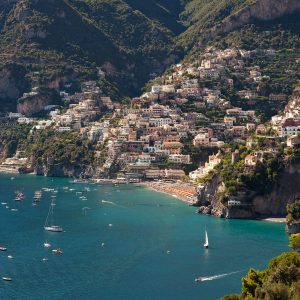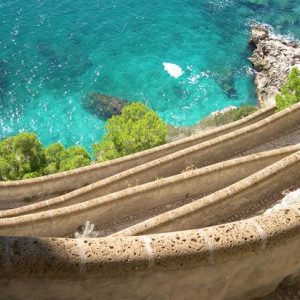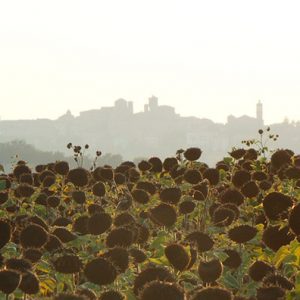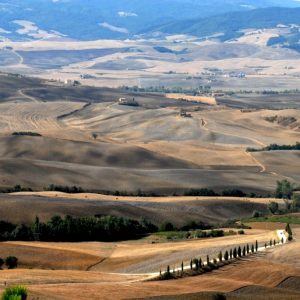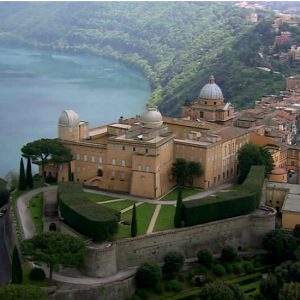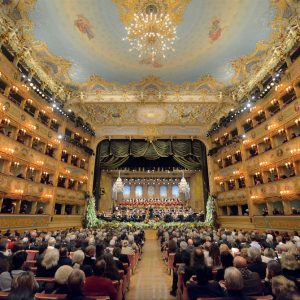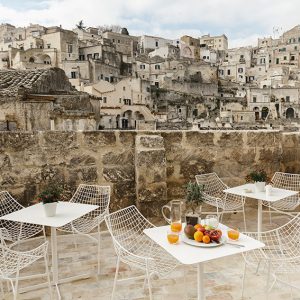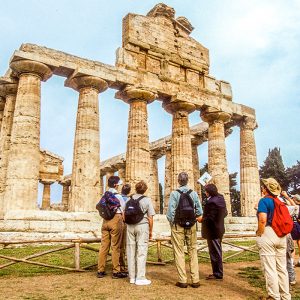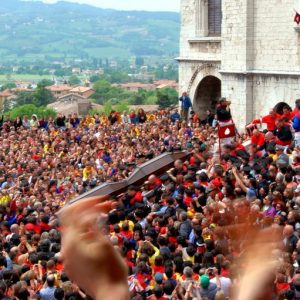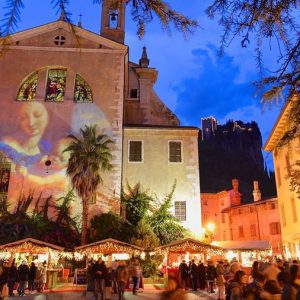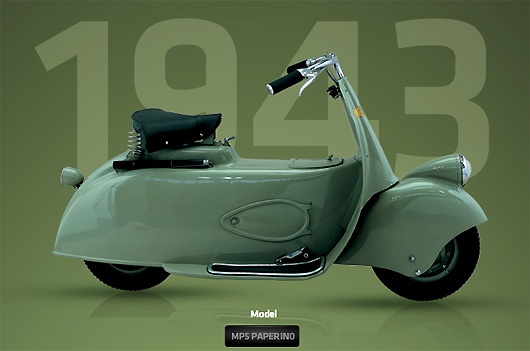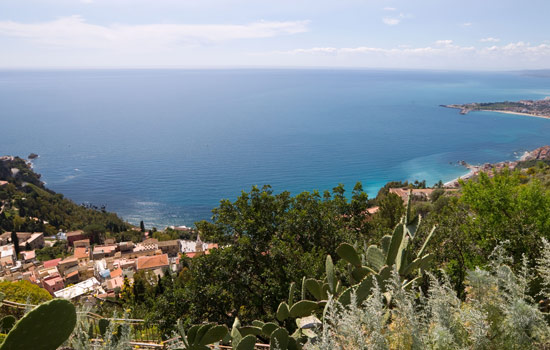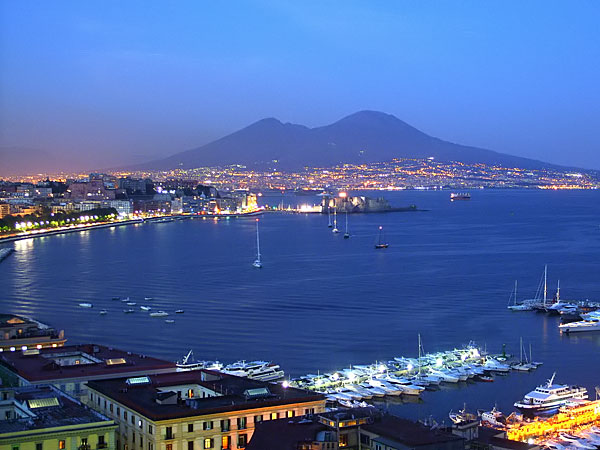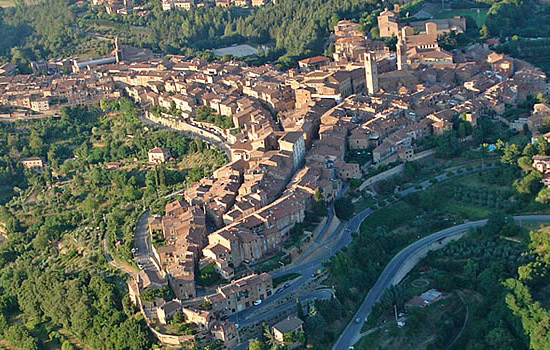04 Apr 2013 Vespa, Italian style
First created in 1943, a “Vespa” is not simply a scooter but has become, over time, one of the most powerful symbols of “Italian lifestyle”. It followed the evolution of society in post-war Italy, becoming increasingly popular during the years of the Economic Boom and the “Dolce Vita”, until it came to represent a style that encompasses some of the fundamental elements of the “Italian Way”: life in the open air, energy, lightness, close contact with the beauty around us.


